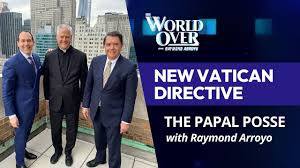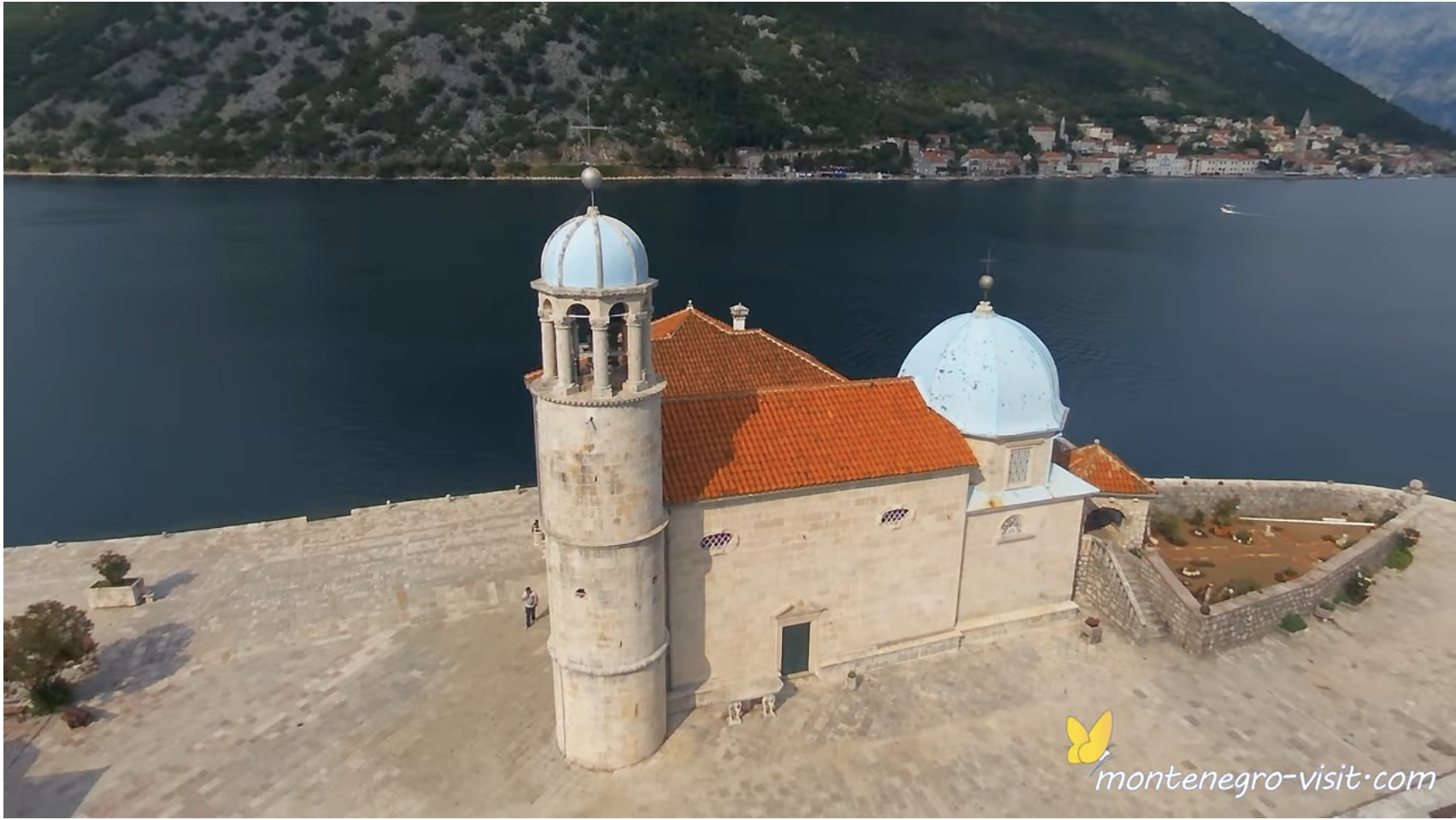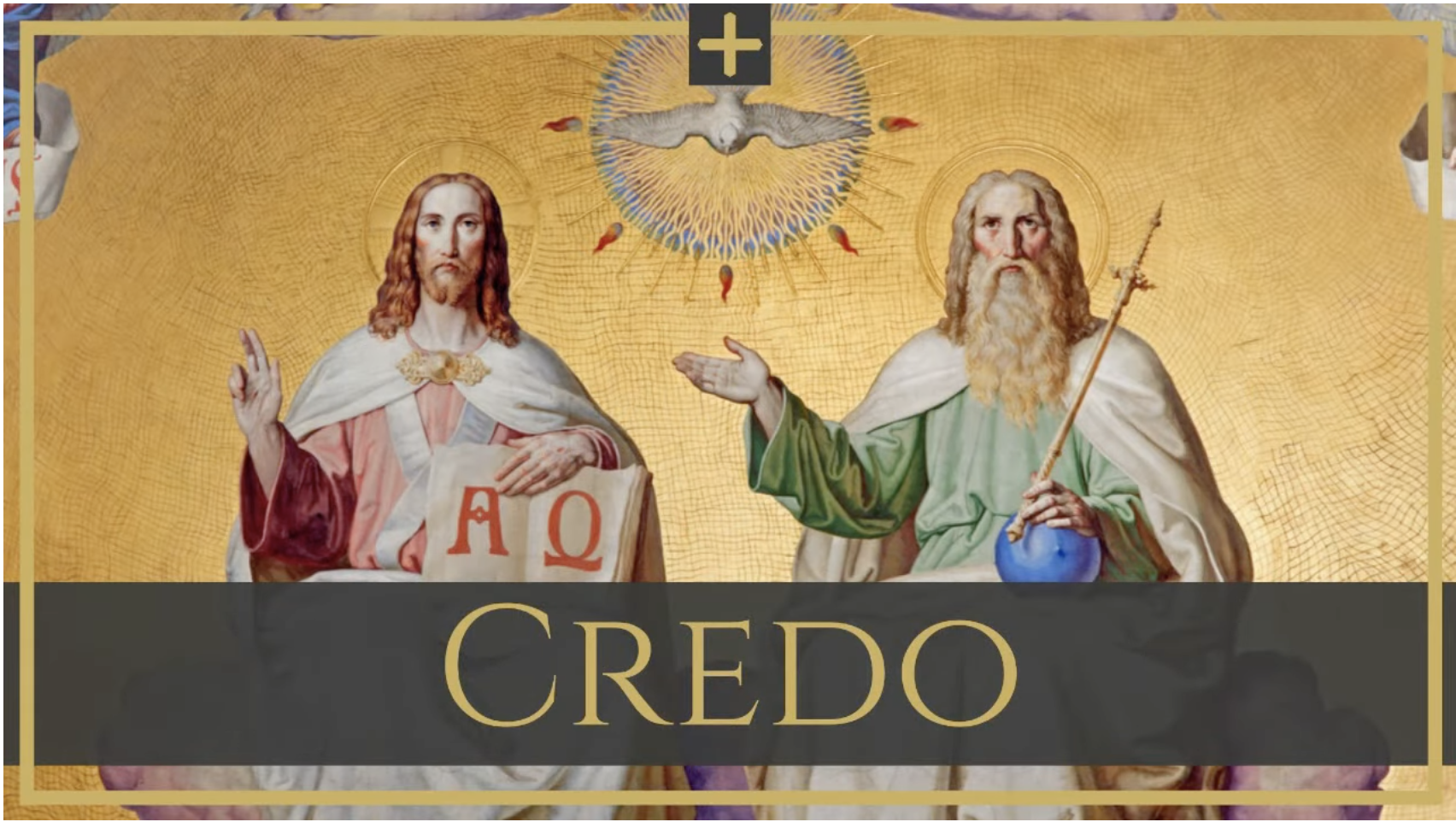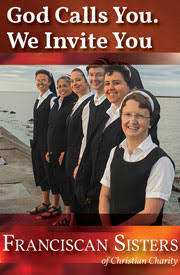In the 1979 Vietnam War movie, Apocalypse Now, the Marlon Brando character, Colonel Kurtz, has gone insane and commands his own Montagnard troops, inside neutral Cambodia. So the U. S. Army sends a soldier (actor Martin Sheen) to “terminate” him. The confrontation is iconic: Kurtz: “Are you an assassin?” Sheen: “I’m a soldier.” Kurtz: “You’re neither. You’re an errand boy, sent by grocery clerks, to collect a bill.”
Colonel Kurtz was unkind. We need not disparage errand boys, or water boys, or delivery boys. Every vocation, however humble, has its place in the economy of God’s plan and human relations. The world would be far more isolated without postal workers and Fed Ex drivers. Our restaurant food wouldn’t be as fresh without busboys. Aaron Rogers would probably not be an MVP quarterback without the services of a water boy. Dehydration can shut down the best athletes in the NFL.
Holy Orders is an inestimable gift of grace to the priest and to the people. Priests are rightly identified as “another Christ” (alter Christus), and act in the role of the person of Christ the head of the Church (in persona Christi capitis). Priests, bishops, and popes have varied and exalted titles. Among them: Father, Monsignor, Your Excellency, Your Eminence, Holy Father. But a very useful and usefully humbling term that should also be applied to a priest, bishop, or pope is “water boy.” The essential job of a priest is to run errands for Jesus, faithfully delivering the refreshing waters of the Sacraments.
The Church is not really about popes, bishops, and priests. The Church is about Jesus. And the priest during the celebration of Mass delivers Jesus to His people. This simple and humble purpose is easy to forget. No disrespect intended, but it seems easy to argue that the introduction of “mega-Masses” in sports stadiums and the outdoor Masses of World Youth Day have the unintended effect of unduly calling attention to the presiding prelate rather than to Jesus.
Pope John Paul II popularized the “mega-Mass,” but he also knew his status as the Lord’s water boy. During his 1983 visit to Nicaragua, the Communist Sandinistas placed propaganda posters as backdrops to the outdoor altar where the Holy Father celebrated Mass. In a bold gesture, John Paul II held fast to his crozier with its crucifix throughout the entire Mass. The Holy Father knew the Mass wasn’t about advertising for Commies; it wasn’t even about an immensely popular pope on an anti-Communist mission. The Mass is about Jesus.
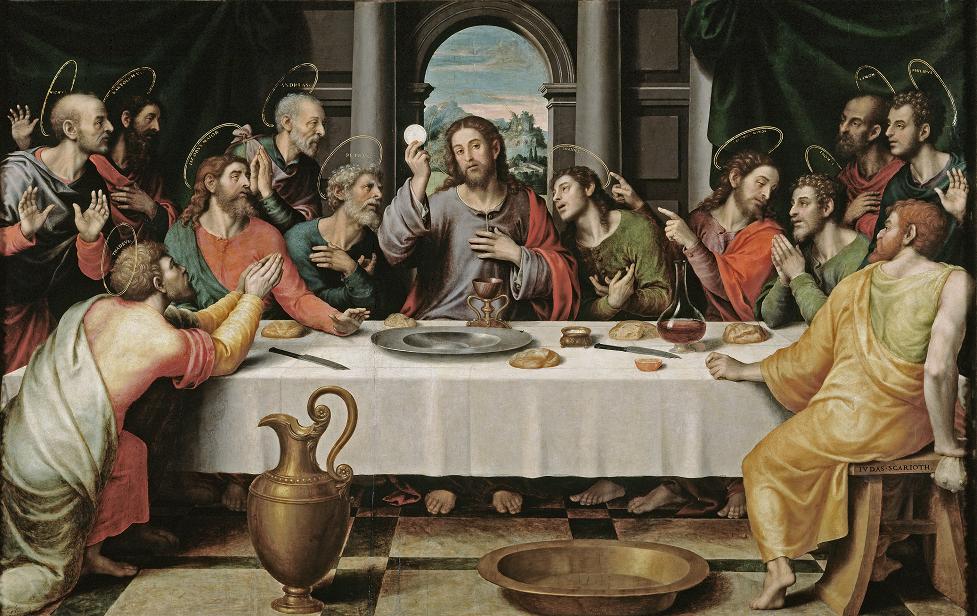
When a priest celebrates Mass, it is preferable that he is in the state of grace, even saintly. But most priests are not saints and sometimes they may not even be in the state of grace. Not all water boys live exemplary lives off the job, even though they should. But when the priest as water boy celebrates Mass, regardless of the state of his soul, Jesus becomes present on our altars. Jesus is truly present, body, blood, soul, and divinity under the appearances of bread and wine. We use the term “Real Presence” to describe the reality of the Blessed Eucharist. Or we use another word borrowed from philosophy: Transubstantiation.
The Presence of Christ in Holy Communion does not depend upon the ebb and flow of a priest’s faith or the faith of the people. It depends upon whether the priest is validly ordained by a validly ordained bishop, and whether the priest has the Church’s intention when he celebrates Mass.
One measure of the intention of the priest is whether he celebrates Mass by the book. Liturgical aberrations by the priest are corrosive because they may call into question the intentions of the priest. So it is essential for the priest to faithfully and with the intention of the Church recite the words of Consecration over the bread and wine: “This is my body” and “This is my blood.” As a consequence, Jesus becomes truly present on our altars. And He is made present even by the hands of the sloppiest water boy or the worst-ever priest.
The Roman Missal includes several optional private prayers for the recitation of the priest before Mass. Here is the Prayer of Intention:
My purpose is to celebrate Mass and to make the body and blood of our Lord Jesus Christ according to the rite of the holy Roman Church, to the praise of almighty God and of the whole Church triumphant in heaven, for my own welfare and that of the whole Church militant on earth, for all who in general and in particular have commended themselves to my prayers, and for the well-being of the holy Roman Church. Amen.
Some may recognize in this prayer the Church’s doctrine of ex opere operato, “from the work worked.” Jesus chooses to work efficaciously through His priestly instruments regardless of their sanctity to ensure that the faithful receive the refreshing waters of His grace in the Sacraments.
The priest has a truly exalted role as the Lord’s errand boy, carrying the water of the Sacraments to His people. But it is up to the faithful to receive Jesus fruitfully. The Church’s theological term for the open and faithful reception of the Sacraments is ex opere operantis (“from the work of the doer”). So it is equally important for faithful Catholics to be aware of Who is received in Communion. Is there faith in His presence? Is He received with fervent prayer? Is there heart to Heart prayer after a holy reception?
The priest carries water for Jesus. But Church teaching includes this fundamental truth: To be spiritually profitable, the waters of the Sacraments must be received with true devotion. The water boy does his job by delivering the water; the faithful do their job by being grateful to the Giver and by drinking deeply, for their own good and the good of their neighbors.
*Image: The Last Supper by Juan de Juanes, c. 1560 [Museo del Prado, Madrid]. Painted for the base of the main altarpiece of San Esteban in Valencia, it was inspired by da Vinci’s Last Supper in the refectory of the Convent of Santa Maria delle Grazie in Milan.


